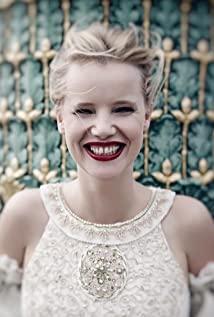"Sister Ida" is a film full of political implications. It integrates the choice of individual life circumstances and political contemplation. It is clear and compassionate. Through the quiet and restrained lens language, it shows two women with diametrically opposed ways of living.
A quiet photography style
In most of the composition, the film is mainly shown through the classic method of black and white thick and thin lines and contrast between light and dark areas. The main characters are placed in a corner of the shot, or in the lower third, appearing small and depressing. They can't even show their complete limbs in front of the camera. This position is aimed at their misfortune. Small people can't dominate their personal destiny and can only be contained and annexed by the big era. This is exactly the portrayal and expression of life's situation. Four-to-three frame size, fixed camera position, delicate composition, bright natural light source, subtle expressions on faces in backlight, open eyes in darkness, photography has accurate attention and grasp of light, shadow and details, making people feel Reminiscent of the film styles of Bresson and Dreyer, the bizarre atmosphere is brought out by relying solely on the narrative and the inner description of the characters without any special means.
2. Helpless bipolar human nature
Ada's aunt dares to love and hate, long for the full expression of human nature, and be a frank and frank self. But she was torn between Judaism and Communism, between noble judges and casual sluts, lost her smile, lost herself. Even if she becomes a national hero and even has the right to take life and death, even if she still has a milf-like charm and can easily convince men, it is difficult to realize the meaning of survival. Ada grew up in a cold environment since childhood, gradually withdrawing from the agility and anger. Her final choice stemmed from her dumb acceptance of her own destiny and the guidance of what she thought was God. If she's a firm believer, she doesn't need to experience that worldly temptation. She passed by in the world, and then took off her dress and put on the nun's clothes again, perhaps just because she was used to the same black and white life.
View more about Ida reviews











